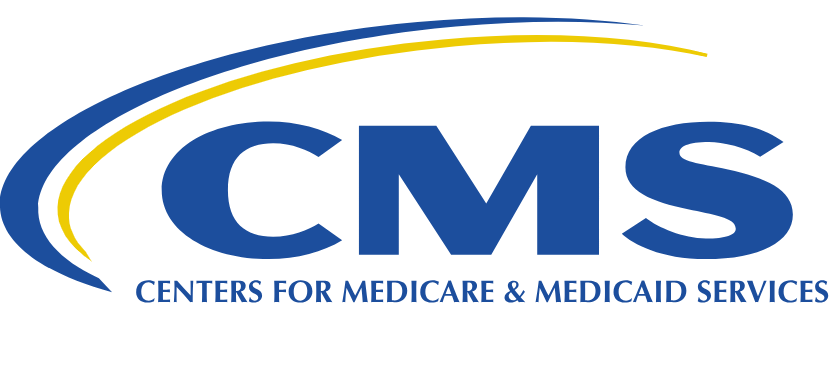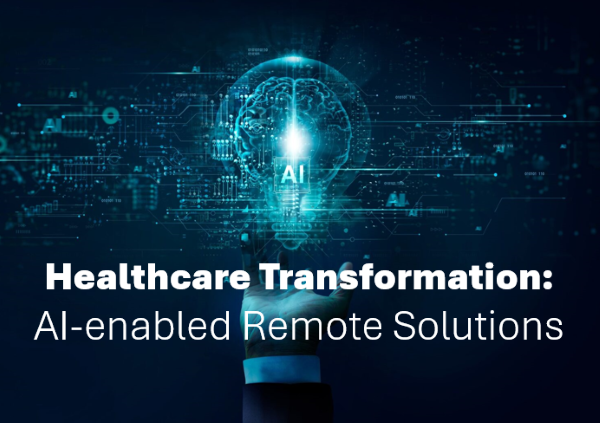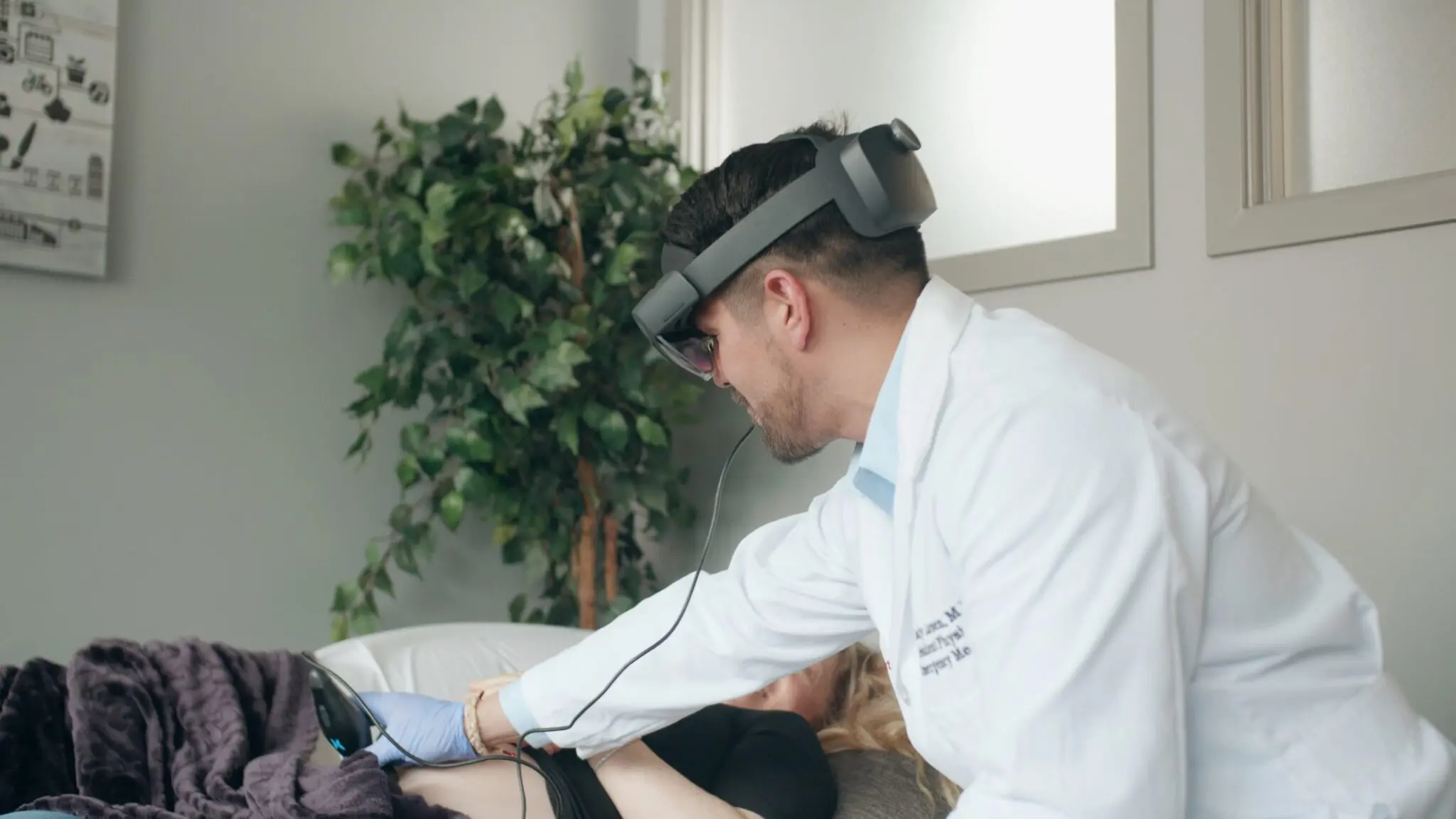

Advancements in cardiac care and novel therapies are transforming cardiac medical devices, providing new solutions for millions affected by heart disease globally.

Advancements in cardiac care and novel therapies are transforming cardiac medical devices, providing new solutions for millions affected by heart disease globally.

Key trends picking up momentum in the field of healthcare. How GenAI is revolutionizing clinical workflows. The rise of ambient technologies in patient care. IoMT devices and SaMD solutions to enable patient care. Interoperability and automation of data. Cybersecurity to ensure the safety of personal data.

MTI Viewpoints are insights shared by industry relative to healthcare and the advancement of medical technology.

The AI Training Dataset Market size is projected CAGR of 27.7% in the coming years. By 2024, the market had reached an approximate value of USD 2.82 billion and is forecasted to reach USD 9.58 billion by 2029, according to a new report by MarketsandMarkets™.

Billions of dollars are lost annually in medical billing errors resulting from data entry mistakes, outdated coding practices, and duplicated charges. Artificial Intelligence (AI) and Machine Learning (ML) are revolutionizing the process of claims processing, diagnostics, eliminating errors, streamlining workflow, and increasing the accuracy of claims submissions. Together with human oversight to ensure precision and safety, AI augments healthcare professionals to improve patient care and outcomes.

In the face of sweeping Medicare changes for 2025, millions of seniors face the challenge of navigating a complex landscape of new options, increased costs, and altered benefits. Innovative technologies are emerging as crucial tools for both patients and healthcare providers, offering detailed cost comparisons, network analyses, and benefit breakdowns.

AI and real-time data enhance care efficiency and access. And with healthcare workers in short supply, the rapid advancements in AI, IoMT, and related innovation offer patient access freedom, enhanced care delivery, and better outcomes.

AI has the ability to revolutionize the medical landscape, but to enable this, Quality Engineering is critically important.

MTI Regulatory Report 2024 data overwhelmingly suggests regulatory resources throughout the industry are being stretched. Time/Bandwidth is the top medical device regulatory challenge faced during 2024, potentially leading to industry-wide regulatory fatigue and driven by changing global compliance regulations in recent years.

The value-based care model, with a substantial monetary budget, necessitates on-time and correct risk stratification. As a result, new and incumbent care providers and payers are reinventing healthcare delivery, looking towards cutting-edge GenAI and machine learning technology to radically transform the healthcare delivery paradigm. This article explores how GenAI and machine learning-based risk stratification are revolutionizing a new era of personalized care, resulting in improved healthcare functions for payers and providers.